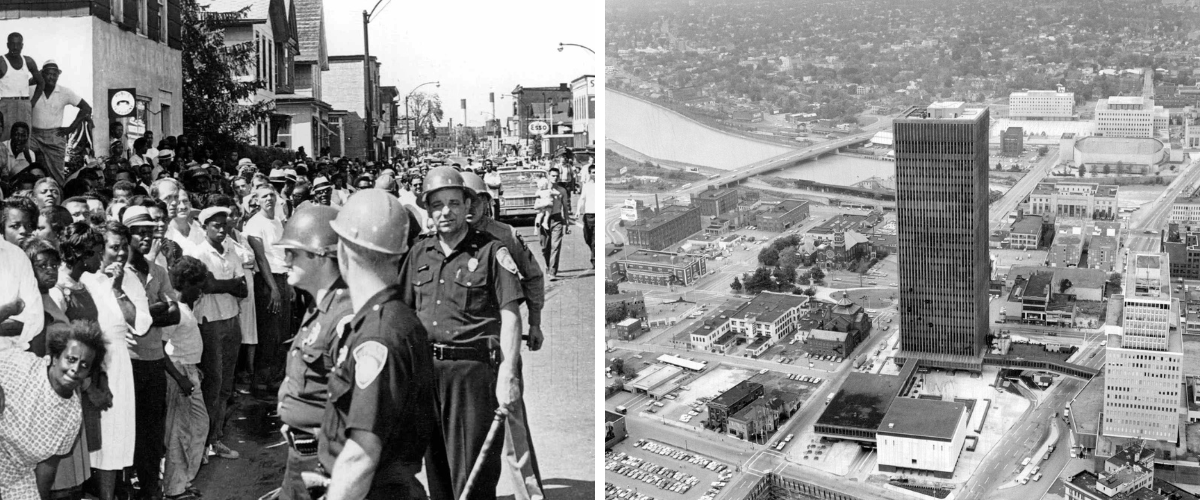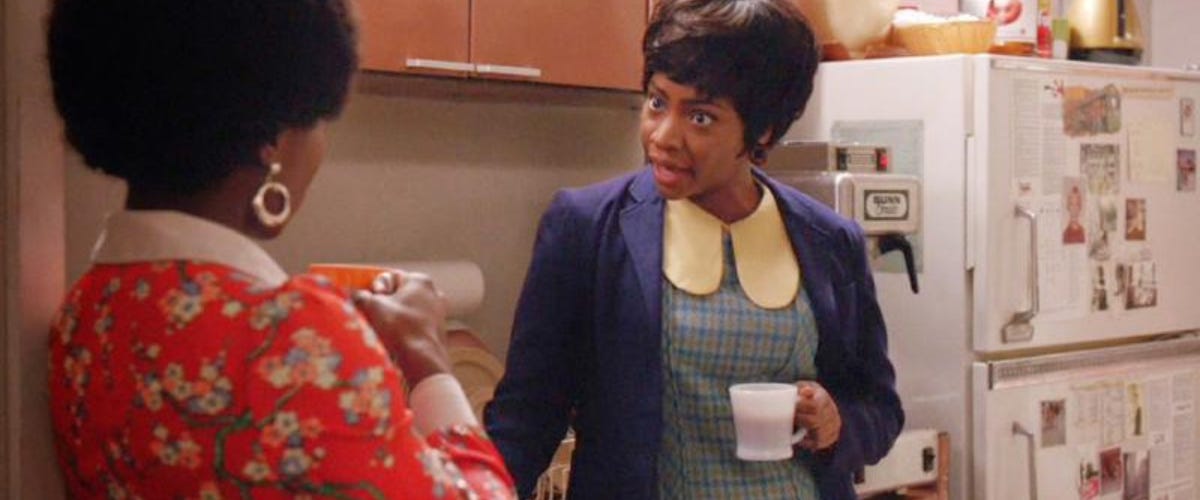🖨️ The First Ever ERG
Hint: You may want to copy them
We’re launching a history series by popular demand! First up: The First ERG, Ever.
FACT: In 1970, Xerox created the first Employee Resource Group (ERG)—the National Black Employee Caucus.
Xerox is often credited with pioneering ERGs, but we’ll focus on the relationships between executives and employees that led to the creation of the National Black Employee Caucus.
The Old Problem
In 1963-1964, near Xerox’s headquarters in Rochester, New York, were a series of race riots. Xerox founder Joe Wilson met with Black community leaders and learned that “the reason they were rioting was because they didn’t have access to jobs” (PBS, 2014). In response, Joe made a pledge that Black people would have the opportunity to secure jobs at Xerox.
The Executive Solution
In a letter* to all Xerox managers, Joe Wilson and President C. Peter McColough called for the increased hiring of African Americans at the company. (Xerox)
“We at Xerox are among those who are compelled to accept the indictment of the National Advisory Commission on Civil Disorders: What white Americans have never fully understood -- but what the Negro can never forget -- is that white society is deeply implicated in the ghetto.” (Excerpt from the 1968 letter)
Additionally they took external action, they provided funding for minority-owned and operated plants in the local Black community and sponsored the TV program “Of Black America”.
The New Problem
Despite having a “very progressive affirmative action program,” Xerox employees faced new challenges once hired. Black employees struggled to gain access to informal networks, resources within the company, overlooked for promotions, and received worse sales locations—challenges that are still familiar to many today(HBR, 1991). So, what was the next step?
The Employee Solution
Rather than waiting for change to come from above, Black employees came together to support each other, share knowledge, and build community in an environment that was not always welcoming (HBR, 1991). They took matters into their own hands, creating a network of solidarity within Xerox. They completed their own people audits, documenting pay, location, and title of Black employees at their branch location. The largest concentration of Black Xerox employees were in California so the first informal ERG was the Bay Area Black Employees (BABE) group. In 1972, a group of DC employees called themselves the “Corporate Few,” and in 1973, they hosted their first conference for all Black Xerox employees.
Building Futures
Initially, upper management was skeptical of the conferences and informal groups propping up across the county. They feared it might be the beginning of a labor union. However, after some strategic meetings and organizing by Black employees at the Rochester headquarters, the tension eased, and productive meetings continued.
Recognizing the importance of these informal networks, executives soon offered their full support, eventually formalizing them into the National Black Employee Caucus.
Fast-forward to 2009: Xerox made history by appointing Ursula Burnsas, the first Black woman to serve as CEO of a Fortune 500 company. Then in 2015 they implemented the “Wilson Rule”, doubling down on their commitment to diversity, equity and inclusion. By 2016 Xerox had 37% female executives & senior management, 60% female employees, and 48% minority employees.
Takeaways
Diversity takes time. Xerox has been on this journey for over 50 years. The work may feel slow or difficult at times, but progress is being made. Don’t be discouraged.
Curious leadership matters. Joe Wilson didn’t ask, “How can I protect my bottom line?” He asked, “Why are you all in the streets?” during the riots. Leaders who are genuinely curious about the struggles of their employees can create meaningful change.
Diversity can be unpopular. Don’t rely on outside validation for your DEI efforts. Even during my research for this article, I found criticism of “diversity hires.” If Xerox faced hardship, critics would likely point to the company’s diverse workforce as a potential cause of failure. Stay focused on the long-term vision, even when the work is tough.
Notes & Further Reading
*This is the only publicly available online reproduction of this letter. We authenticated it with the HBR Case Study from 1991 although there are a few discrepancies. First, the letter is signed by both the founder Joe Wilson and then President C. Peter McColough. Second, the punctuation in the HBR reproduction is slightly different than in this online version.
1964 riots revisited: 3 days that shook Rochester - Democrat & Chronicle
A pioneer of corporate diversity remains unimpressed - Fast Company
EVENTS
ICYMI: DODGING DEI BOYCOTTS
Don’t worry if you missed it either, here’s a link to the white paper and recording.
UPCOMING EVENTS
LGBTQ+ ALLYSHIP
Friday, February 14th @ 12PM CTTRANS INCLUSION IN ACTION
Friday, February 28th @ 12PM CTPREPARING FOR A POLARIZED PRIDE MONTH
Friday, March 11th @ 12PM CT




